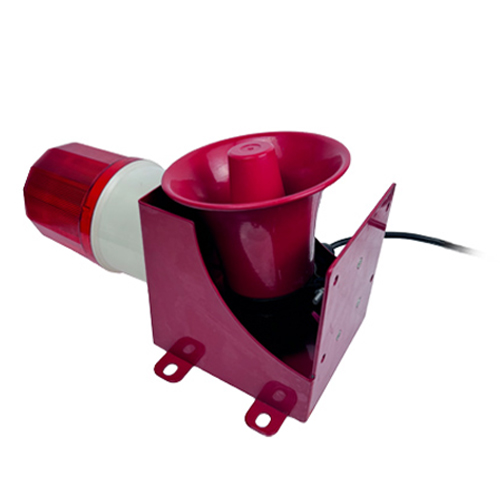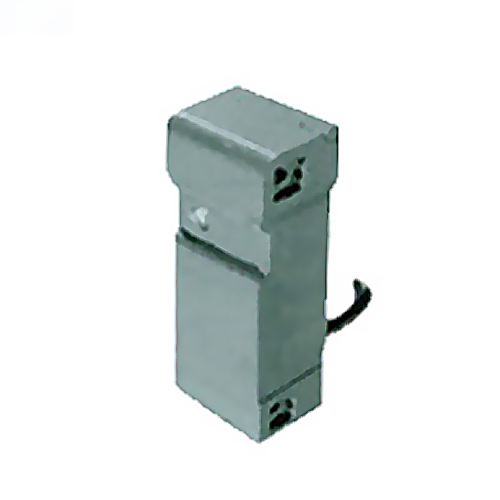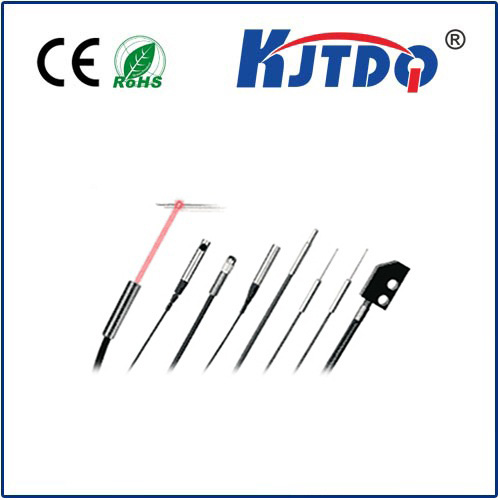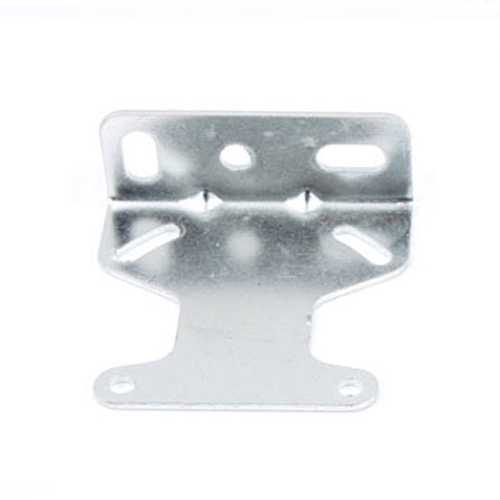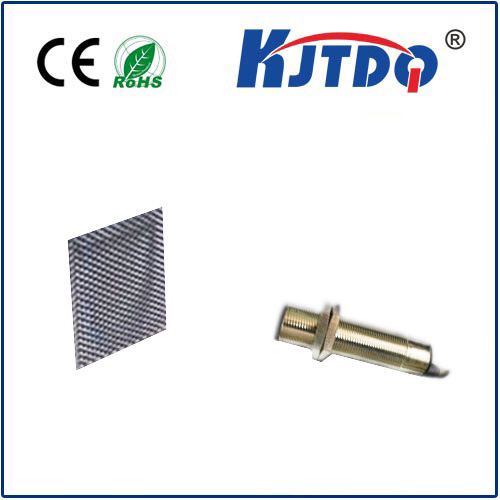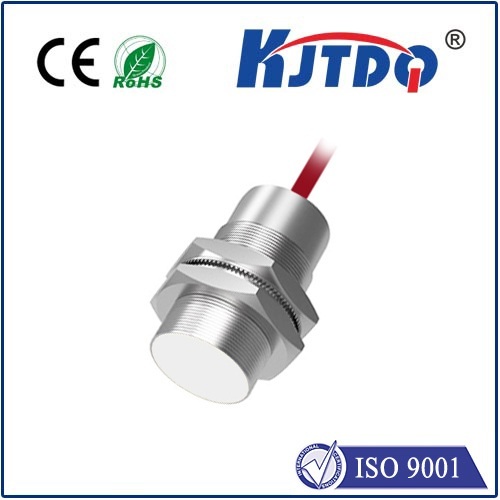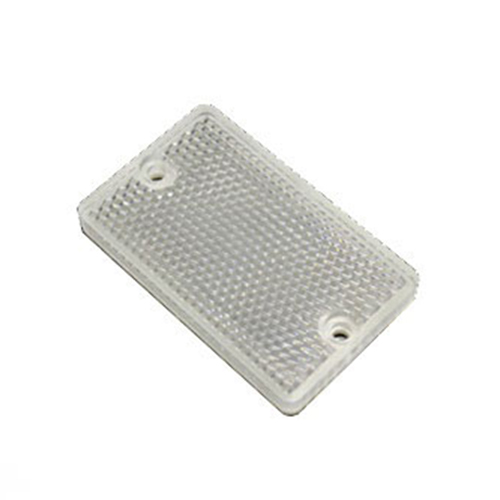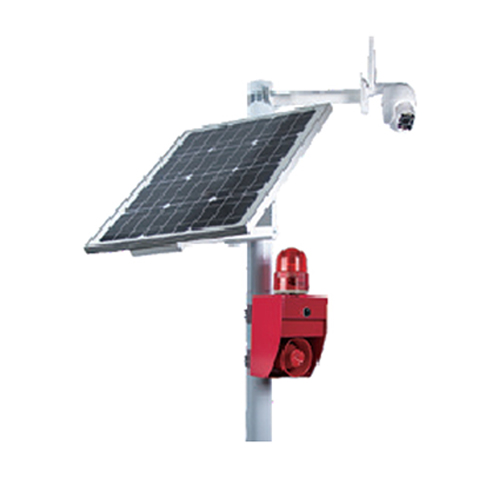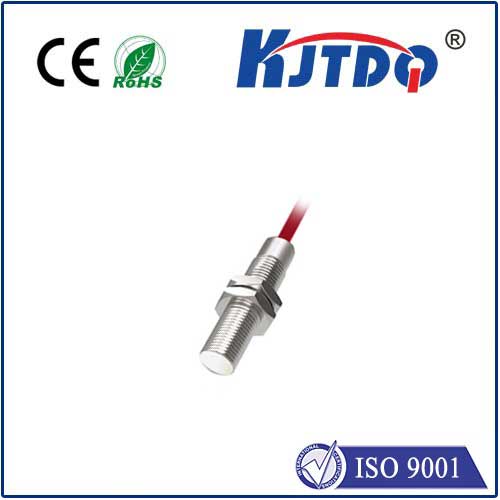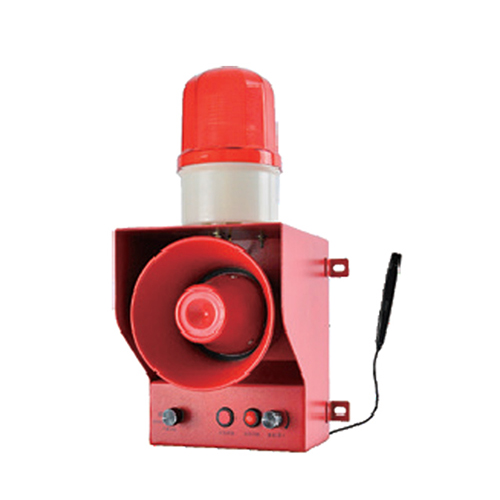VL53L0X and ESP32: Building Smarter Projects with Laser-Accurate Distance Sensing Imagine controlling a robot that navigates obstacles with millimeter precision, creating a touchless interface for your smart home, or even designing a security system that detects intruders before they step into view. These futuristic applications are now within reach, thanks to the powerful combination of the VL53L0X time-of-flight (ToF) laser sensor and the versatile ESP32 microcontroller. In this guide, we’ll explore how these two technologies work together to revolutionize distance measurement in IoT and embedded systems.
The VL53L0X, developed by STMicroelectronics, is a groundbreaking laser-ranging sensor that measures distances up to 2 meters with ±3% accuracy. Unlike traditional infrared or ultrasonic sensors, it uses time-of-flight technology—sending a laser pulse and calculating distance based on the time it takes to reflect back. This method eliminates interference from ambient light and delivers results in milliseconds. On the other hand, the ESP32 is a powerhouse for IoT projects. With built-in Wi-Fi, Bluetooth, dual-core processing, and ample GPIO pins, it’s ideal for handling sensor data while connecting seamlessly to cloud platforms or mobile apps. Together, the VL53L0X and ESP32 form a duo that balances precision, speed, and connectivity—perfect for applications like robotics, automation, and smart devices.

Connecting the VL53L0X to an ESP32 is straightforward, even for beginners. The sensor communicates via I2C, requiring only four wires:
To read data from the VL53L0X, you’ll need the VL53L0X Arduino library by Pololu. Here’s a step-by-step overview:
# Включая# Включая
VL53L0X sensor;
void setup() {
Serial.begin(115200);
Wire.begin();
sensor.init();
sensor.setTimeout(500);
}
void loop() {
int distance = sensor.readRangeSingleMillimeters();
Serial.print("Distance: ");
Serial.print(distance);
Serial.println(" mm");
delay(100);
}
Key Insight: The setTimeout() function ensures the sensor doesn’t hang if it fails to detect a reflection—a lifesaver for real-world deployments.
Q: Can the VL53L0X measure through glass or plastic? A: No—the laser reflects off transparent surfaces, causing inaccurate readings. Use it in environments with opaque targets. Q: How does the VL53L0X compare to ultrasonic sensors? A: While ultrasonic sensors are cheaper, they struggle with soft materials and noisy environments. The VL53L0X excels in accuracy and reliability. Q: What’s the maximum sampling rate? A: Up to 50Hz, making it suitable for high-speed applications like drone altitude control.
By integrating the VL53L0X with the ESP32, you’re not just building projects—you’re crafting solutions that demand precision, speed, and intelligence. Whether you’re a hobbyist or a professional, this combination opens doors to innovations that were once the realm of science fiction.
